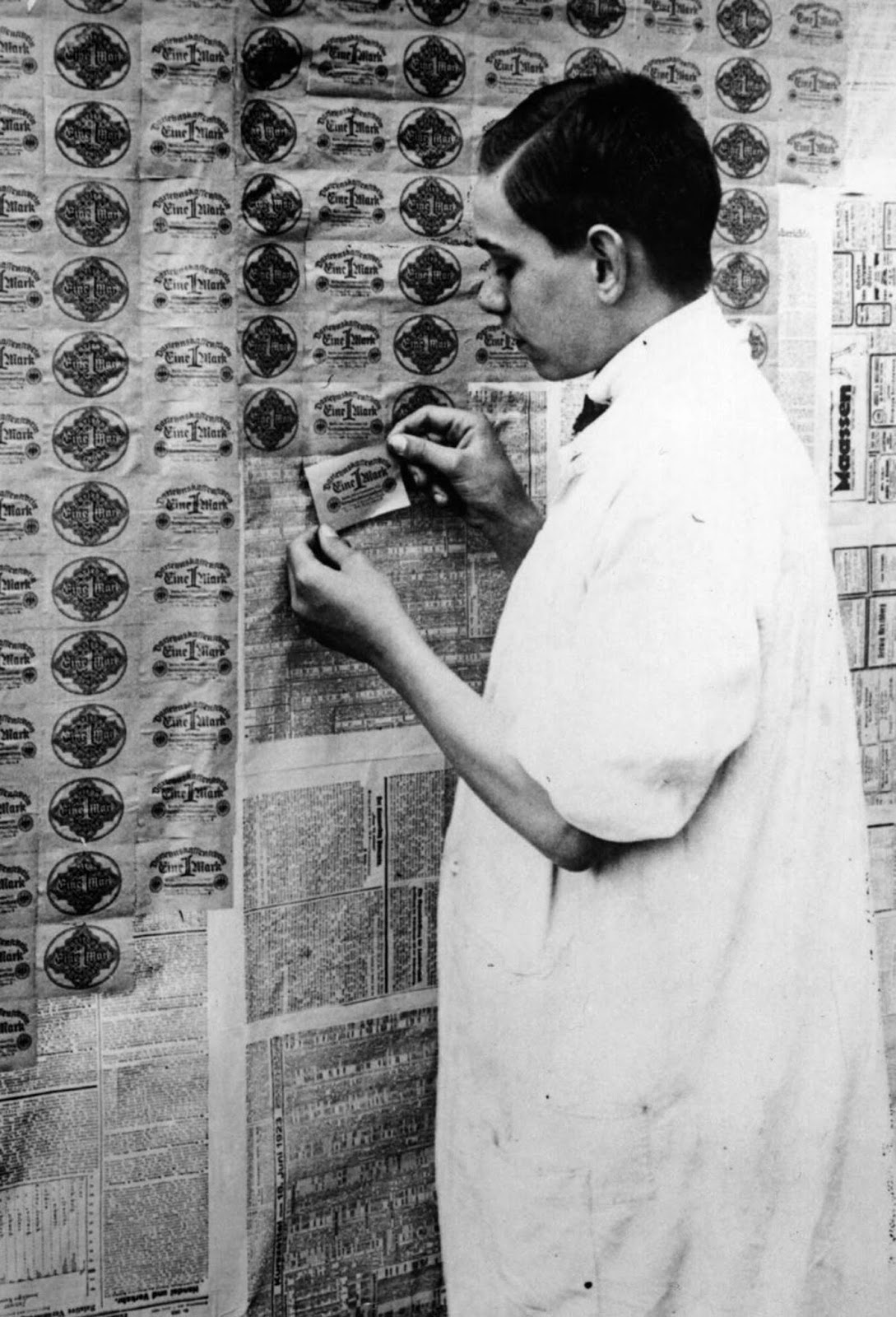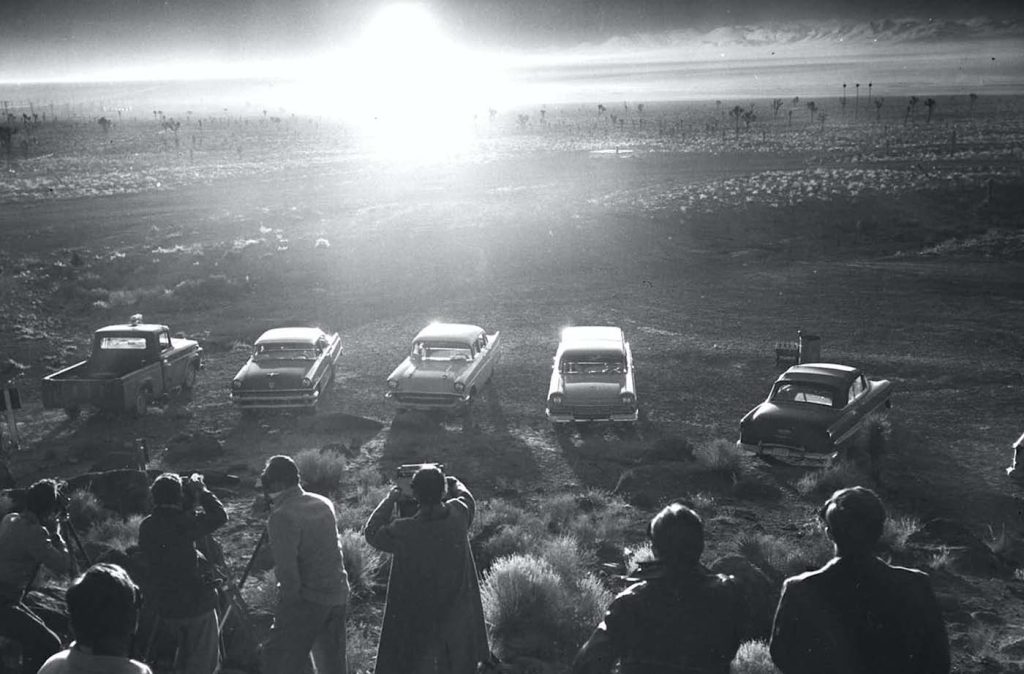Germany, 1923: banknotes had lost so much value that they were used as wallpaper.
Before World War I Germany was a prosperous country, with a gold-backed currency, expanding industry, and world leadership in optics, chemicals, and machinery. The German Mark, the British shilling, the French franc, and the Italian lira all had about equal value, and all were exchanged four or five to the dollar. That was in 1914.
In 1923, at the most fevered moment of the German hyperinflation, the exchange rate between the dollar and the Mark was one trillion Marks to one dollar, and a wheelbarrow full of money would not even buy a newspaper. Most Germans were taken by surprise by the financial tornado. The currency had lost meaning.
The hyperinflation in the Weimar Republic was a three-year period of hyperinflation in Germany (the Weimar Republic) between June 1921 and January 1924. Beginning in August 1921, Germany began to buy foreign currency with marks at any price, but that only increased the speed of breakdown in the value of the Mark.
The lower the mark sank in international markets, the greater the amount of marks were required to buy the foreign currency demanded by the Reparations Commission.
During the first half of 1922, the Mark stabilized at about 320 Marks per Dollar. This was accompanied by international reparations conferences, including one in June 1922 organized by U.S. investment banker J. P. Morgan, Jr.
When these meetings produced no workable solution, the inflation changed to hyperinflation and the Mark fell to 800 Marks per Dollar by December 1922. The cost-of-living index was 41 in June 1922 and 685 in December, an increase of more than 15 times.

A Berlin banker counts stacks of bundled marks. 1923.

A shopkeeper stuffs excess cash into a tea chest next to his register. 1922.

A display of extremely high food prices during hyperinflation.

Worthless banknotes are collected to be burned. 1923.

A woman uses banknotes to light her stove. 1923.

“The King of Inflation”, a man clad in worthless coins. 1923.

A one trillion mark note. 1923. (Note: billion in German, trillion translated in English)

Children play with virtually worthless marks. 1922.

Boys fly a kite made of banknotes. 1922.

Boys use worthless banknotes for arts and crafts. 1923.

Children stand next to a tower of 100,000 marks, equal in value to one US dollar. 1923.

A man uses one-mark notes as wallpaper, a more affordable option than even the cheapest rolls of wallpaper.
Zero stroke or cipher stroke was an alleged mental disorder, reportedly diagnosed by physicians in Germany during the hyperinflation in the Weimar Republic (1921-24). The disorder was primarily characterized by the desire of patients to write endless rows of zeros, which are also referred to as ciphers.
The zero stroke disorder was supposedly caused by the dizzying speed of hyperinflation and the calculations required to conduct commerce under its effect. It has been said that during the worst period of hyperinflation that in the time it took to drink a cup of coffee, the price for the cup could double.
(Photo credit: Bundesarchiv).


